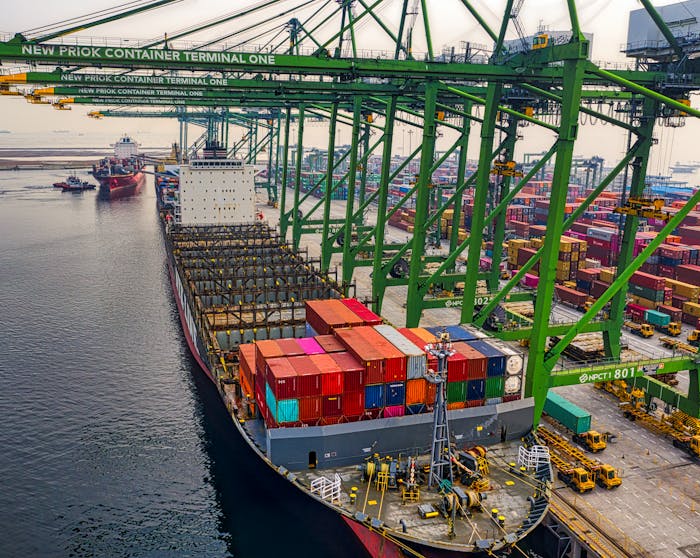Leaders understand the importance of resilient supply chains, but their efforts may be no match for a global event. Wars, natural disasters, and political events may block trade in certain parts of the world. When these incidents occur, organizations may struggle to access the supplies they need.
However, some strategies ensure organizations continue operations in the face of global uncertainties. Smart risk assessment and management approaches will minimize disruptions and support productivity.
How to Build a Supply Chain That Withstands Global Events
Consider Alternative Vendors
Organizations should work with multiple vendors to ensure they always have access to supplies if their main vendor is unavailable. When thinking on a global level, organizations should consider spreading out location-wise. They should work with vendors in multiple countries. That way, if an event affects one part of the world, they will have access to resources in another region.
Companies should choose vendors in advance based on similar products, quality, and time to market. They should consider how many alternate vendors they need. Their strategy should be such that they can supply goods with minimal disruptions and consistent quality metrics.
Create a Plan for Supply Chain Disruption
Despite best practices, supply chain disruptions can happen. A sudden event may cause delays in shipments as companies pivot from vendor to vendor. Organizations may need to adjust operations to handle new supplies.
Companies must consider this possibility and devise a plan for supply chain disruption. They must determine how long the disruption will last, and how it will affect them financially. Impact on customer service is another consequence to be handled.
Organizations that are prepared for disruptions will bounce back and remain resilient in the face of disasters.
Nearshoring and Reshoring
Many organizations minimize the impact of global events by nearshoring and reshoring. Nearshoring involves sourcing products and services from a neighboring company. For example, an American company may choose to source products from Mexico or Canada rather than China.
Reshoring is the process of bringing manufacturing back to the home country. So, the American company would rely on U.S.-based manufacturers for goods and services.
These strategies have benefits beyond minimizing disruptions related to global events. They also save companies money on shipping costs, reduce time to market, and decrease the need for compliance measures.
Different Approaches to Inventory Management
Many of today’s organizations are taking a demand-based approach to inventory management. Lean inventory management means companies order and manufacture products based on customer demand. It reduces waste, cuts down on cost, and boosts profitability.
However, organizations must also account for supply chain disruptions. If they stick too closely to a lean inventory management system, they may find themselves without inventory if a global event arises. Therefore, they must find the right balance for their organization considering possible global issues and optimal efficiency.
Mergers & Acquisitions and Strategic Partnerships
Mergers and acquisitions can help companies expand their supply chain base and customer reach. When two organizations come together, they can access each other’s markets providing more solutions when a global event occurs.
M & As may be an effective supply chain solution, but they are major business moves that require extensive capital. Strategic partnerships have similar effects and are not as dramatic. For example, a manufacturer may invest in their supplier company’s growth to ensure they are resilient in the face of global events.
Expanding Internal Capabilities
Organizations can make themselves more resilient to supply chain disruptions by investing in themselves. They may consider adding manufacturing sites or capacity, or they may invest in new technology or equipment. Doing so reduces their reliance on third parties that may fall prey to global events.
One popular technology is digital twinning. Companies can create digital twins of essential supply chain components to support their agility and reduce dependence. AI also helps with inventory management, shipping, transportation, and supplier selection.
Managing the Cost of Supply Chain Disruptions
Supply chain disruptions cost organizations money. They can manage these expenses by investing in low-cost labor. They may also integrate more environmental methods into their supply chain systems to keep costs under control.
The right financial balance will ensure optimal resiliency.
Want to learn more about how to make your organization more resilient? Sign up for our newsletter today.


0 Comments